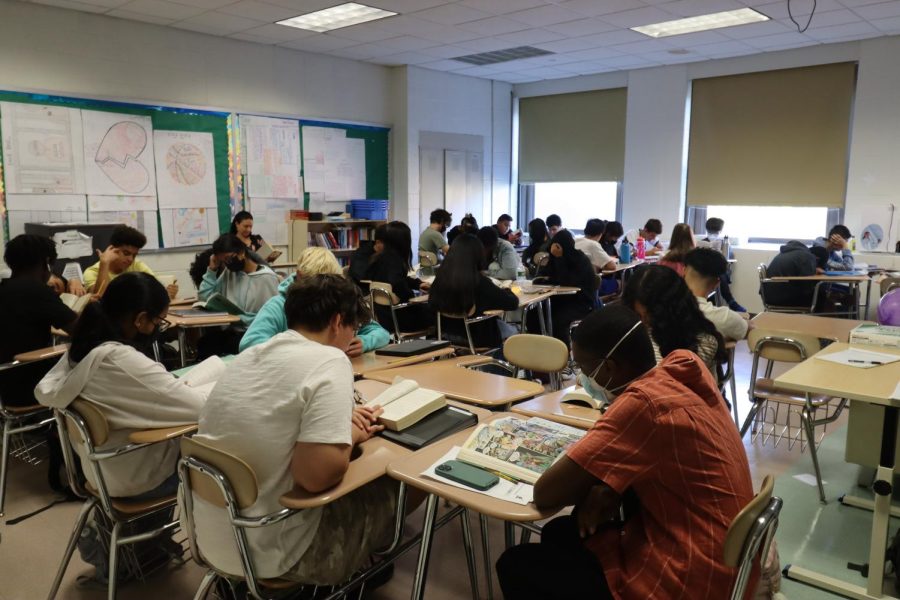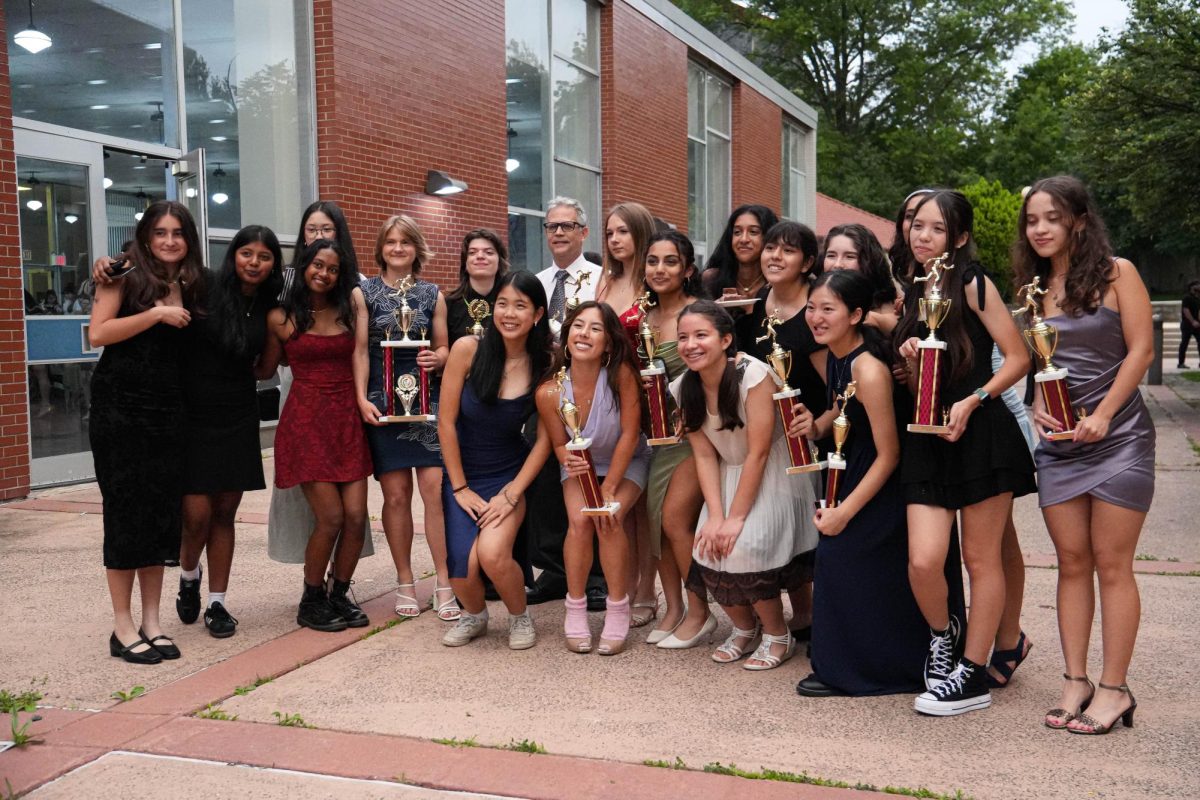
By Hritamber Chakraborty, Sports Editor
As the world continues to reflect on what is arguably the greatest Men’s World Cup in history, it is important for Americans to take something away from this experience. Although France, the 2018 World Cup champion, along with the rest of the world, celebrates their remarkable achievements in enduring this long haul, Americans should not have their heads cowered down. It is true that it was a travesty for the USMNT to not make the 2018 FIFA World Cup and embarrassing for the reputation of our country’s soccer in the eyes of the rest of the world. Nevertheless, we have no time for fear, only resilience as the United States of America will host the majority of the 2026 World Cup.
With the 2026 World Cup site going to the US, Mexico, and Canada, the significance of this event is far greater than we think. The USMNT has not achieved any remarkable feat in the World Cup since its best finish in 1930 when the US finished in third during its first-ever appearance. Since then, the men’s team has faced numerous setbacks in its attempted rise to victory, only to reach as far as the quarter-finals in 2002. Even though we don’t know what the future holds, the USMNT is looking to at least qualify for the 2022 World Cup in Qatar. However, its true aspirations are set in the year 2026, where they can finally prove to millions of Americans that soccer is only growing and thriving, despite its disappointing past.
This is a historic event because this is the first time since 1994 that the US will host the World Cup. In addition, this cup will be the first to implement the forty-eight-team format, shifting gears from the familiar thirty-two-team format. This new format enables more teams to represent their beloved nations while also allowing more fans to engage in the diverse realm of the World Cup.
For the US, all these things are vital to the World Cup experience, but its paramount impact lies in the future of American soccer. This amazing opportunity will serve as a means for the national team to showcase their new young talent. The roster has completely changed to include stars like Christian Pulisic, Timothy Weah and Tyler Adams, who are altering the soccer landscape in the states and continually pushing its boundaries. The new roster can proudly play for its country and furnish a sense of redemption— something long overdue.
Soccer is an ever-growing sport worldwide, and continues to flourish in America as well. Even though the US did not participate in the 2018 cup, soccer’s growth is increasing at a staggering rate. According to Forbes Magazine, soccer is the favorite sport of 7% of Americans, a statistic that may seem meaningless, but it’s actually quite the opposite.. This seven percent is a 3% increase from the year before; in fact it’s also the largest increase, indicative of a rekindled spark for soccer. Not to mention the Major League Soccer (MLS) is attracting a substantial viewer count, consisting of sold out stadiums with tens of thousands of people and millions of fans watching from the convenience of their home. Furthermore, the MLS just keeps growing as a league, drawing more cities to start clubs like Atlanta and Minnesota, both of which joined in 2017. International players like Zlatan Ibrahimovic, Marc Rzatkowski, and Bastian Schweinsteiger are playing in the MLS, drawing international fan bases to the American soccer culture.
Ultimately, this growth in American soccer is just the beginning of the rejuvenated hope because the 2026 World Cup will change the game forever. More and more Americans watch the game, play the game, and love the game, which is why when the US hosts the cup, the sport will only grow in size. The 2026 World Cup is one that many adults have dreamt about since they were children playing soccer when it was first being introduced to American culture. The roster of the 1994 team has seen the sport grow into a juggernaut force and only hope that it becomes one of the mainstream American sports. Although we have come a long way, the journey to make soccer ubiquitous is just starting like it did thirty-two years prior. Soon we will say baseball, football, basketball, and soccer when discussing America’s favorite sports.

































